| Author | Ryan Braner |
| Event | MOOCs in-class presentation |
| Date of event | Tuesday, May 28, 2013 |
| Time of event | 1:15pm until 3:05pm |
| Place | School of Education 313, Stanford University |
| Date of record | Wednesday, May 29, 2013 |
| People present | Marc Sanders (presenter) |
| Related artifacts | None |
The contrast between physical and virtual space could not be more drastic. Similar to each building we visited, each MOOC or online learning tool had its own user interface (UI), layout, and emphasis of importance. While Coursera groups its material by media, edX groups it as a learning flow, and Khan Academy (not discussed in the presentation) groups by subject.
The online spaces, however, benefit from the ability to rapidly modify their appearance, revert to any previous state with ease, and appear differently to each user according to personal preference; a feature even the most flexible of furniture arrangements will have difficulty mimicking. This dynamism is the strength of online education, and I see it contributing greatly to pedagogy. Iterative testing (a.k.a A/B testing and multivariate testing) will allow instructors and researchers to experiment with content, presentation, and pacing in these environments.
These sites are reaching incredibly large audiences. The Child Nutrition and Cooking class has nearly 30,000  students with 20,000 of them active and 10,000 of them active within the last week. That scale simply does not translate to a physical classroom. The quiz embedded in the video had 27,000 unique submissions. To add some perspective, there are only 18,217 Stanford students, graduate and
students with 20,000 of them active and 10,000 of them active within the last week. That scale simply does not translate to a physical classroom. The quiz embedded in the video had 27,000 unique submissions. To add some perspective, there are only 18,217 Stanford students, graduate and  undergraduate, as of October 2012. The range of students using these libraries of knowledge is also quite wide. EPGY delivers collegiate math to advanced students still in high school. Khan Academy is aimed at helping students from middle school to college.
undergraduate, as of October 2012. The range of students using these libraries of knowledge is also quite wide. EPGY delivers collegiate math to advanced students still in high school. Khan Academy is aimed at helping students from middle school to college.
I am speculating that the amount of data these sites collect in a week dwarfs what was able to be collected previously for any research project. Currently, the type of data collected is limited to tracking student  performance, but plans are to expand data collection. Marc discussed expanding collection to paired data, data that not only records student performance, but also tracks what videos and resources the pupil had accessed, for example. Such measures allow a more robust analysis of what students are learning and how effectively variants of material are aiding that knowledge acquisition.
performance, but plans are to expand data collection. Marc discussed expanding collection to paired data, data that not only records student performance, but also tracks what videos and resources the pupil had accessed, for example. Such measures allow a more robust analysis of what students are learning and how effectively variants of material are aiding that knowledge acquisition.
Every MOOC-type platform does not have the same philosophy. While edX is contributing to the Free and Open Source Software ideals, Coursera is developing its own, private platform. Personally, I would like to see the open platforms flourish, especially when considering how tools like Git, a version control system, can be leveraged to improve the source content, going beyond the assessment of students and applying a TPCK model to the online instructional process.
There is, however, a huge impotence with all of the remote/online knowledge sites presented, and that is human interaction. Despite claims, made by Marc and those in the industry, that the platform can simulate the presence of being physically located in the classroom, I remain unconvinced of any semblance of meaningful social interaction is taking place. The SEQ had the ‘together alone’ study spaces, the GSB focused on creating a social space in the courtyard, and the med students had access to a gym overlooking a great view of Stanford in general (once the power plant is torn down). Brick and mortar institutions excel at creating communities for their students, and not just academic communities.
Additional Media
- Site aggregators:
- Git, not just for software:

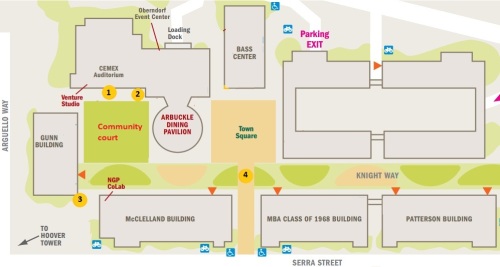



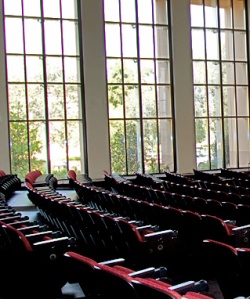

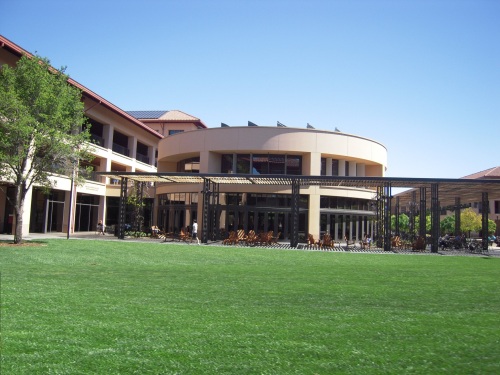
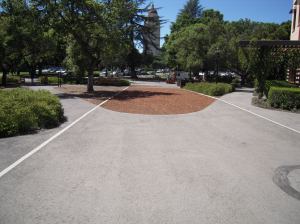
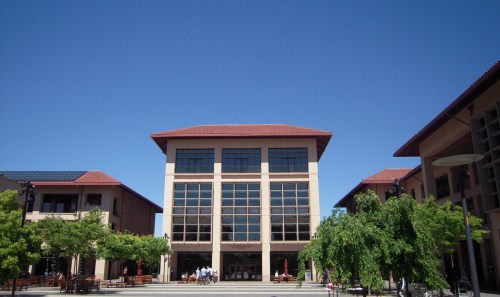
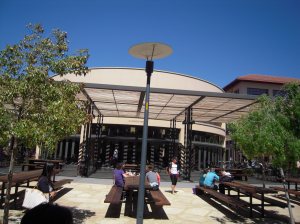
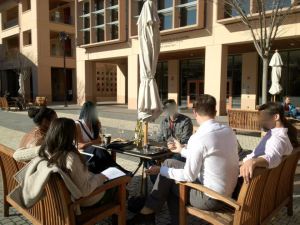
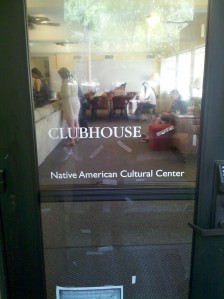
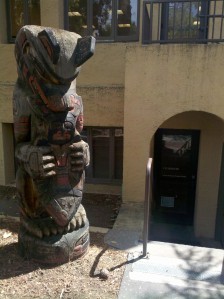
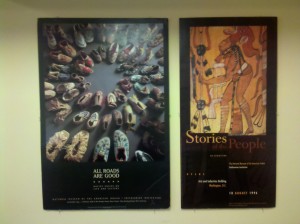

You must be logged in to post a comment.